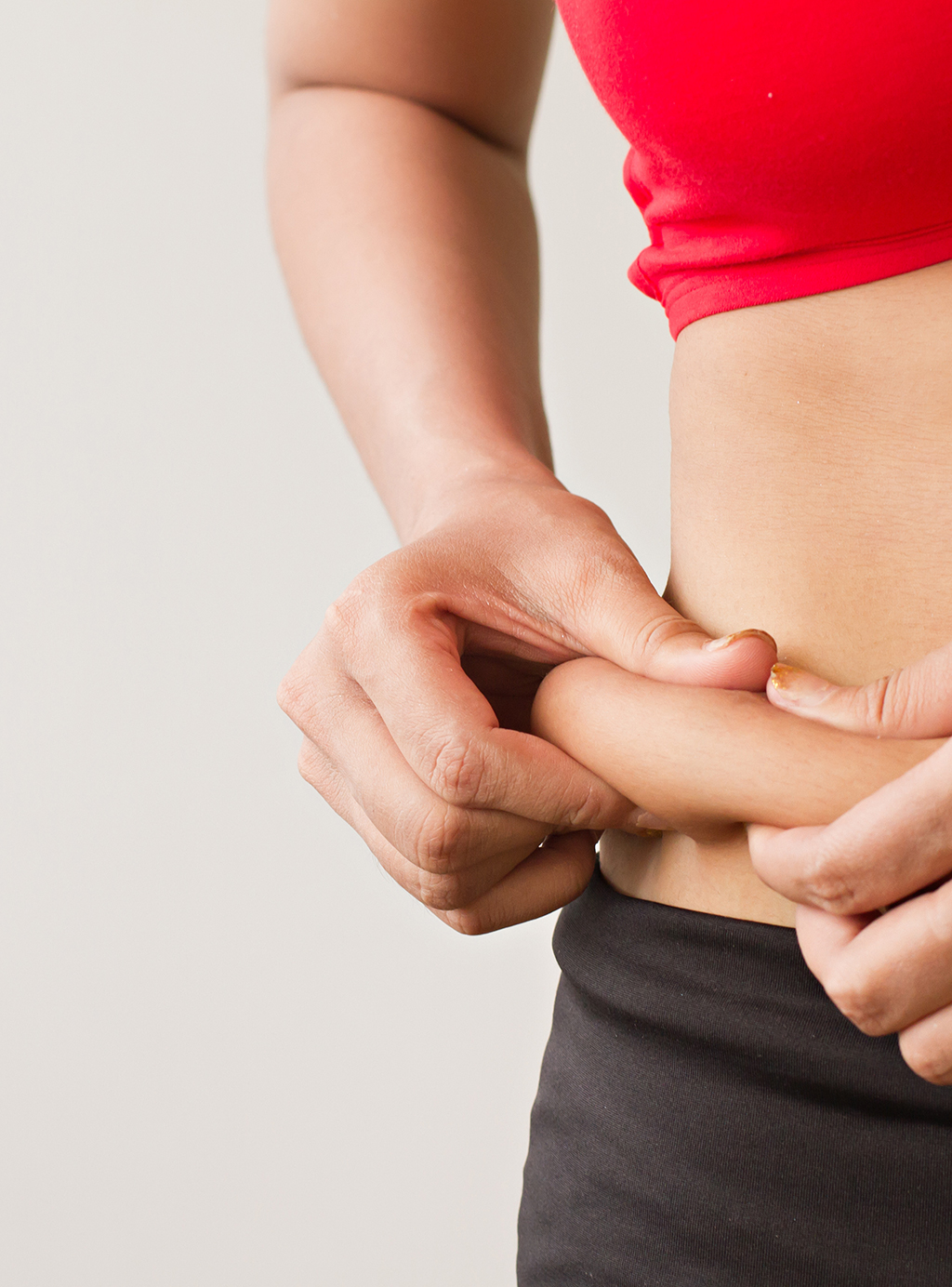
Is that stubborn bit of flab on your tummy or those love handles resistant to exercise and dieting? Fret not – there are other ways to tackle these problem areas.
Non-invasive “wave” treatments, which focus energy to damage or destroy fat cells in specific parts of the body, may be able to zap away lingering fat. And the three most common types available in the market are:
- Ultrasound waves (heat energy)
- Radiofrequency waves (heat energy)
- Cold waves (cold energy)
Ultrasound wave treatments
High-intensity ultrasound waves are focused on a specific part of the body, causing the fat cells to gradually rupture. The fat is then disposed of by the body. This method effectively eradicates fat cells, or adipocytes, and can help burn away fat in the hips, thighs and waist.
Fat loss: An average of 2-4cm loss around the abdomen after 3 sessions.
Radiofrequency wave treatment
These waves penetrate the skin to heat up fat cells, causing the cells to disrupt or lyse. In the process, the deep heating also softens the nearby connective tissues and the underlying dermal collagen fibers, minimising the appearance of cellulite.
Fat loss: An average of 1-3cm after 1 session.
Cold waves
Cryolipolysis is the use of extreme cooling technology to freeze the lipids in fat cells. These crystallised fat cells are destroyed and then dissolve over a period of time, exiting your body naturally. This method is very selective and will not affect neighbouring cells or tissues as they are not as sensitive to lower temperatures as fat cells.
Fat loss: An average of 20% fat loss, depending on the original adipose tissue thickness.
Alternatives to liposuction
While liposuction needs no introduction and will likely remain a mainstay in body contouring, interest in these non-invasive treatments to reduce fat has been growing with the entry of more sophisticated technology and machines. They are also appealing fat-reduction options for patients strapped for time and seeking convenience.
As these procedures cover only a limited area each time, they are more effective at breaking down small pockets of fat rather than overall fat.
Patients who are slimmer will also see more obvious results compared with those who are more heavyset. If you want to decrease fat throughout your body, liposuction may be a more viable alternative as it can remove as much or as little fat as you want in one sitting.
These energy treatments are generally suitable for patients who have little time to spare and don’t mind a longer wait for results to show. Liposuction, on the other hand, offers greater precision and faster results, but you will need to allocate time for the operation and recovery.
If you’re concerned about pain and recovery time, you’re in luck. Pain is usually absent for these energy treatments as they are non-invasive but there might be some discomfort as you will feel a hot or cold sensation depending on the type of treatment. For example, the patient will experience an ice-cold feeling during an application of Lipocryo, a cryolipolysis treatment. The amount of discomfort really depends on the patient’s tolerance and the energy used.
As there is typically no downtime or recovery period, patients can go for a session at the doctor’s office and head back to work immediately after.
Meanwhile, liposuction is a minimally-invasive procedure requiring day surgery, with the administering of anaesthesia to remove pain. The level of pain depends on the amount of fat that is sucked out, and painkillers are administered to manage the pain post-surgery. It is still very much the gold standard for body countouring. Although full recovery takes about three weeks, most patients can return to work after about two to three days.
While the cost of these non-invasive treatments per session is low and attractive, to achieve a similar result as liposuction, you may have to spend similar if not more when it’s all added up.
Staying in shape post-treatment
Patients must actively take part in managing their health and body. Commitment to a lifestyle of regular exercise and a balanced diet are key to keeping in shape after the procedure. The risk of regaining fat remains if they continue with an unhealthy way of life.







